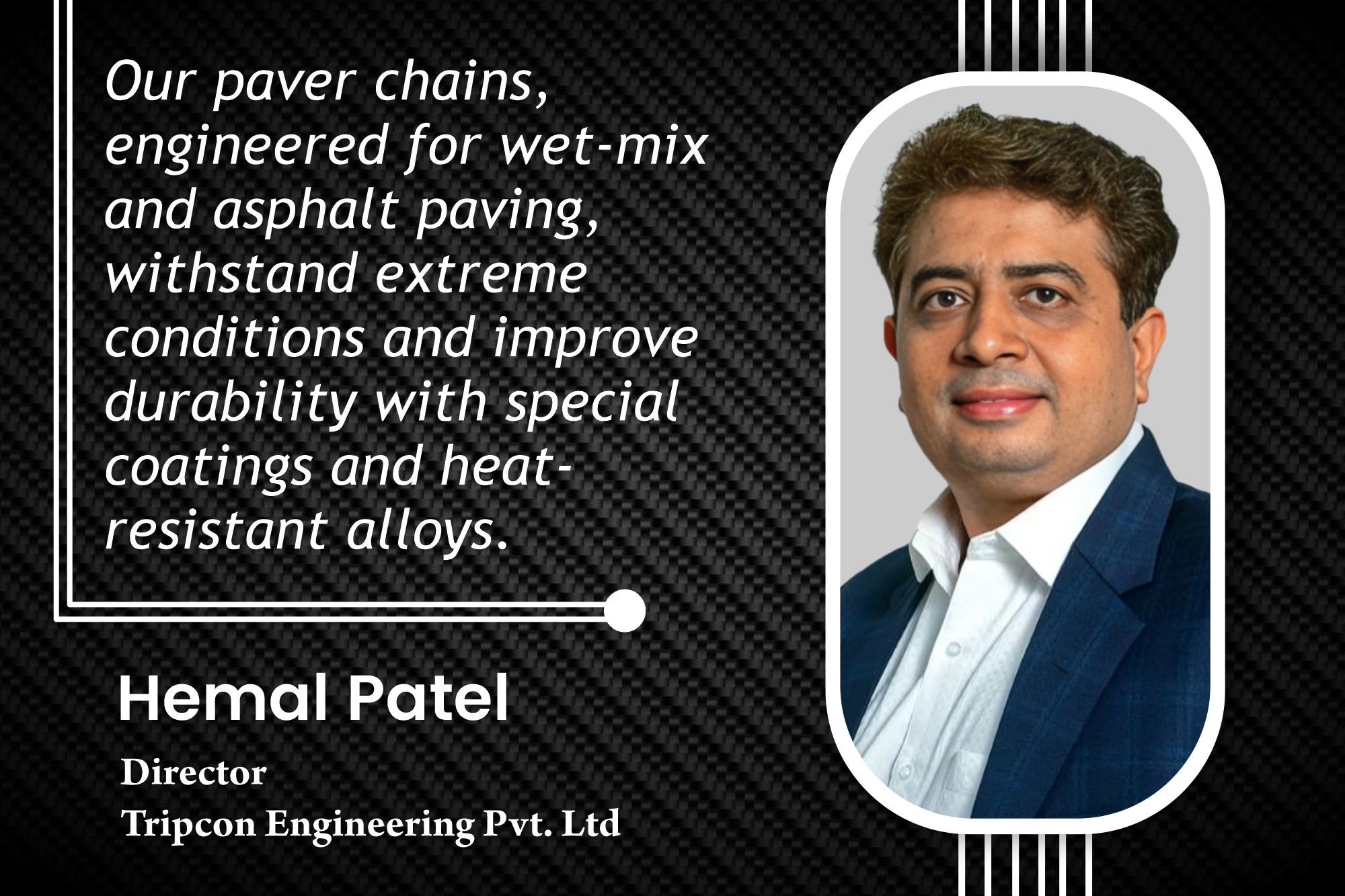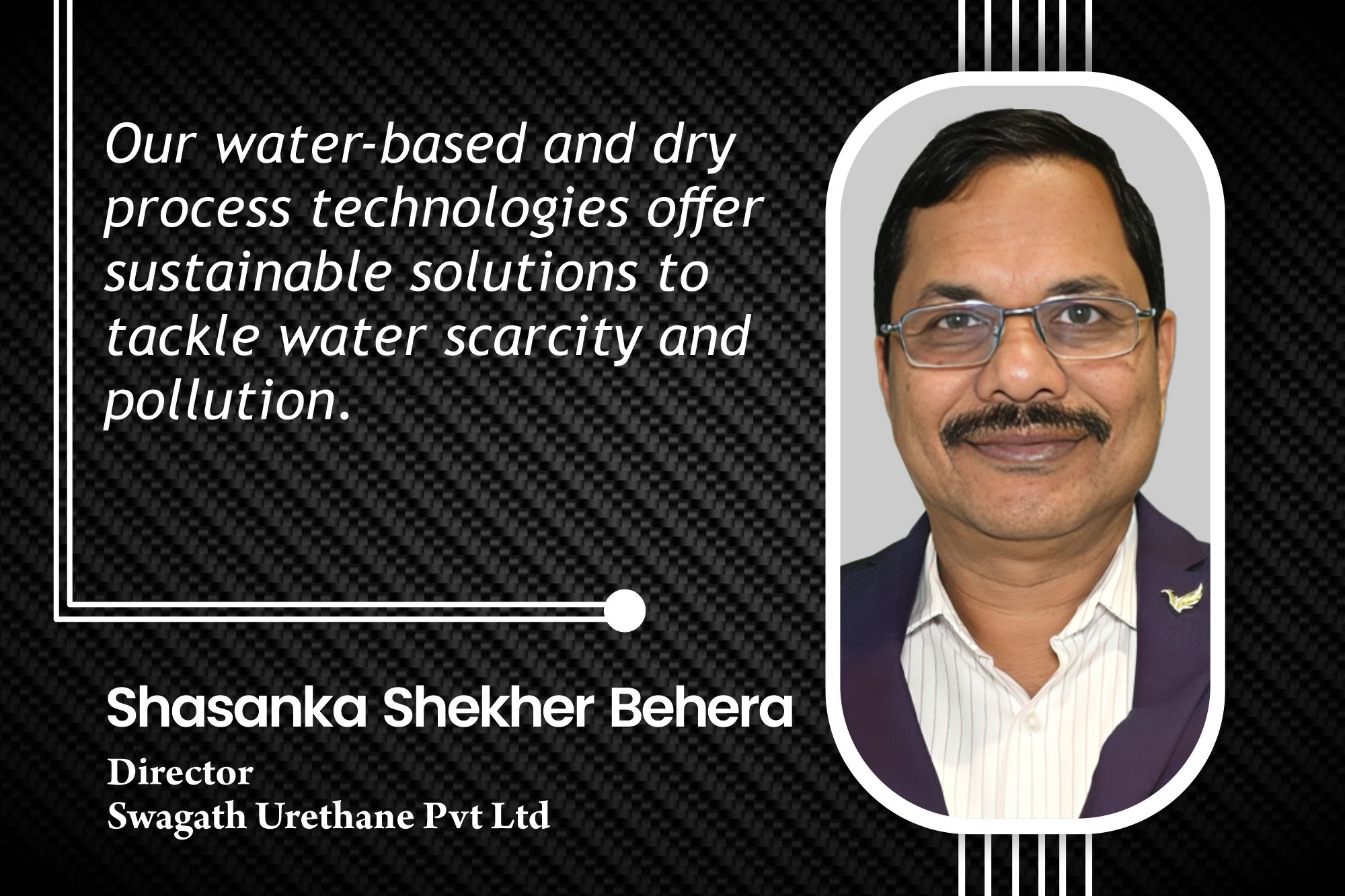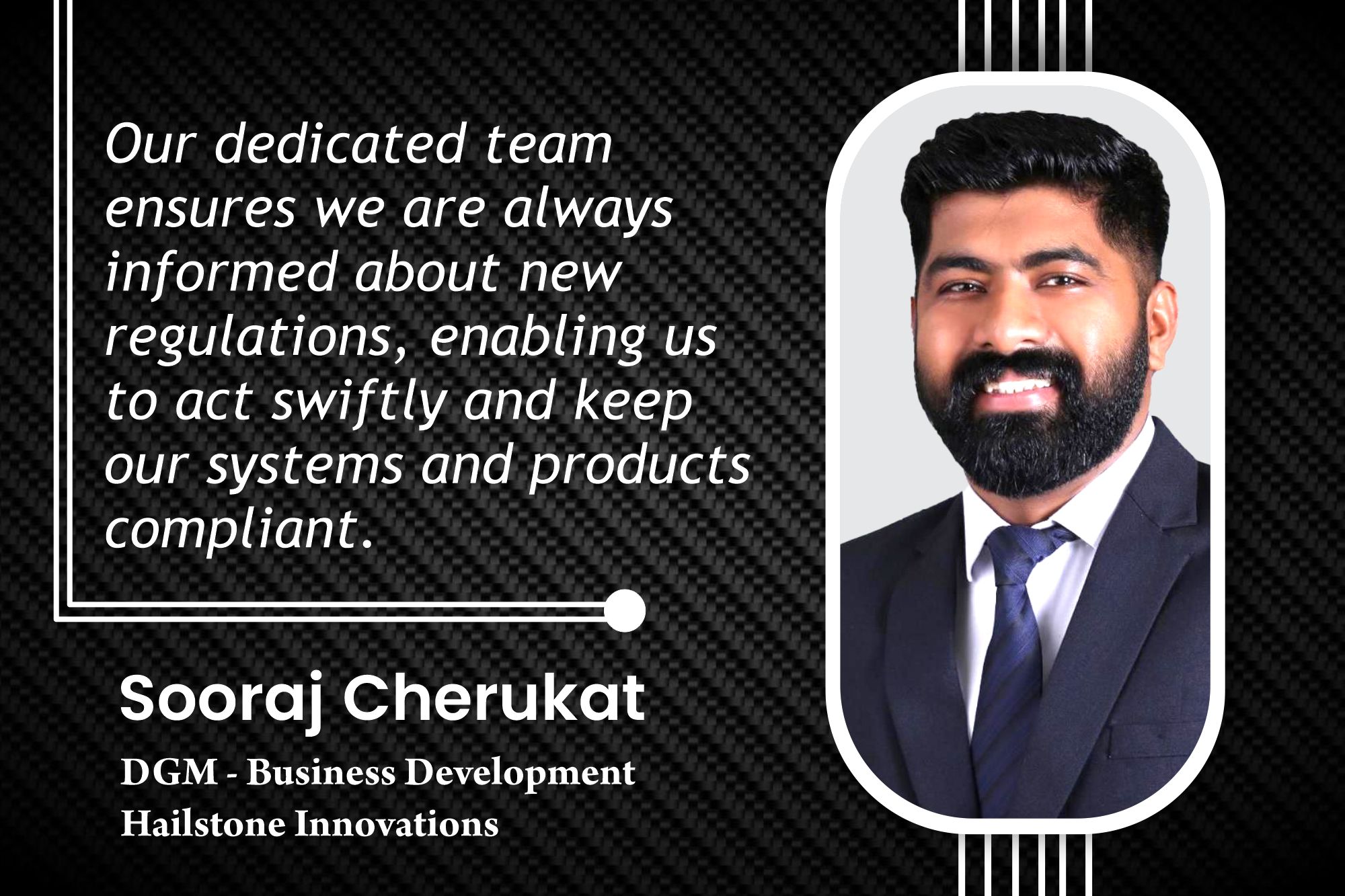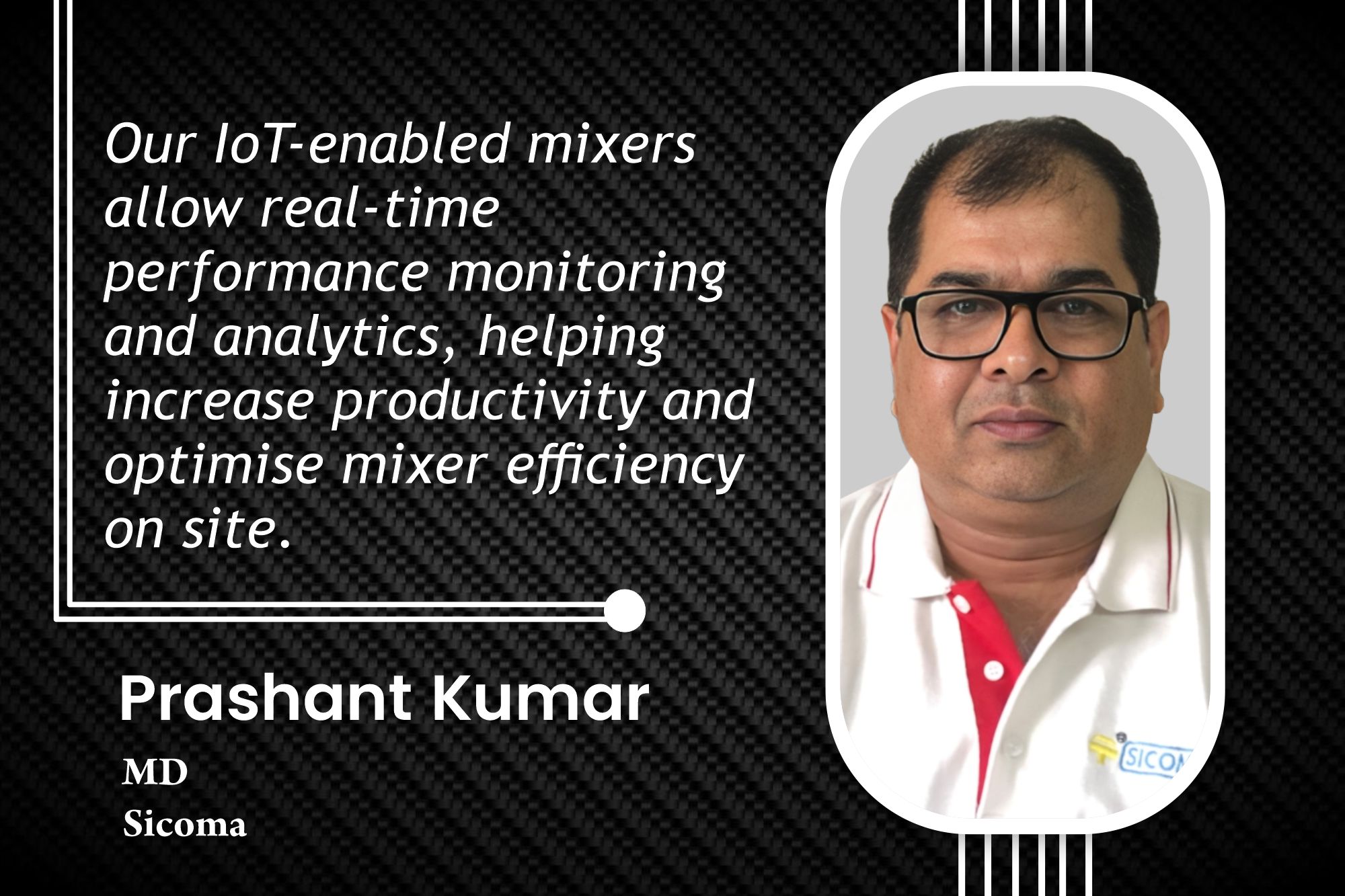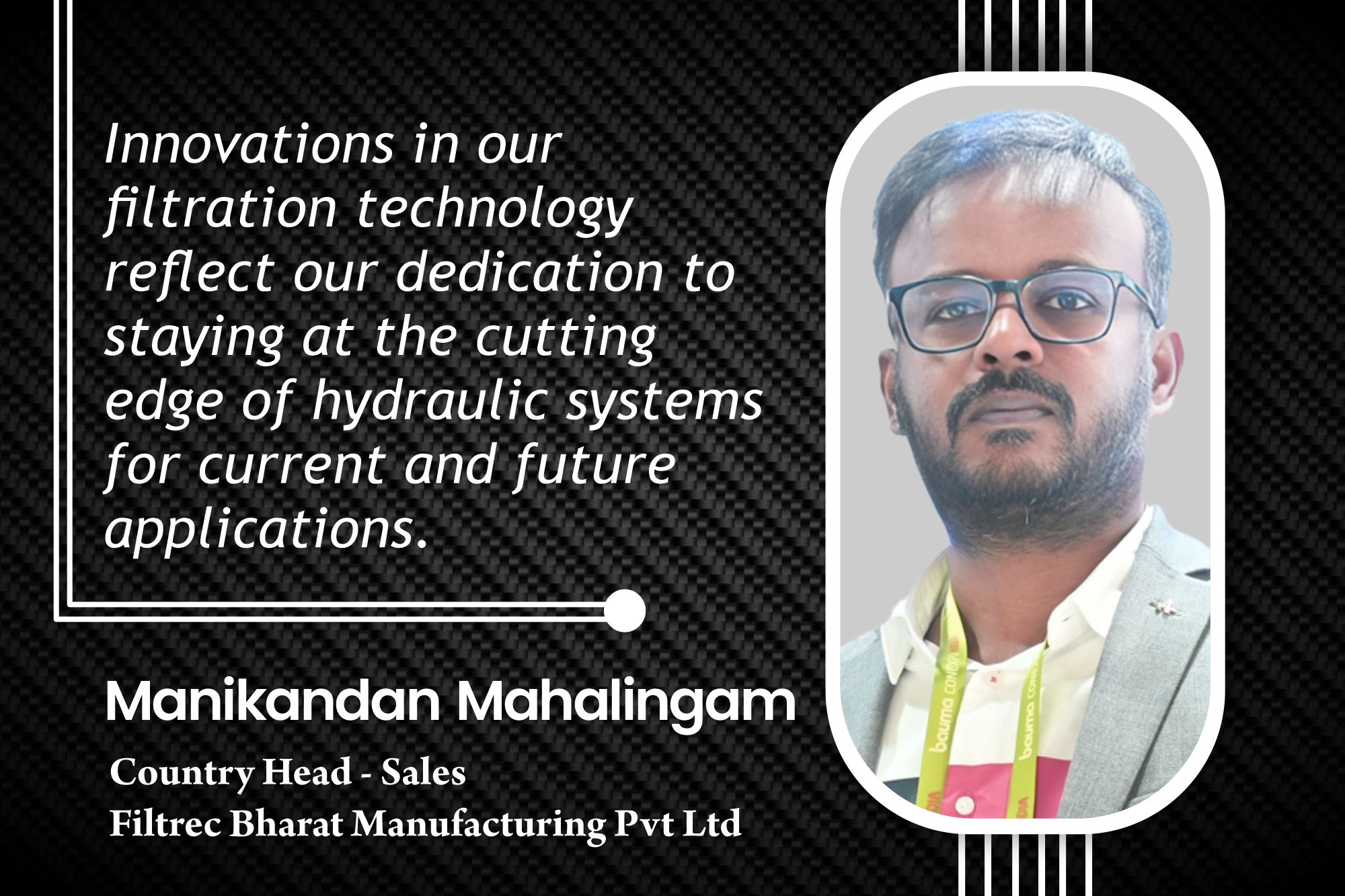New solutions in surface mining and excavation
By Edit Team | August 25, 2021 3:39 pm SHARE
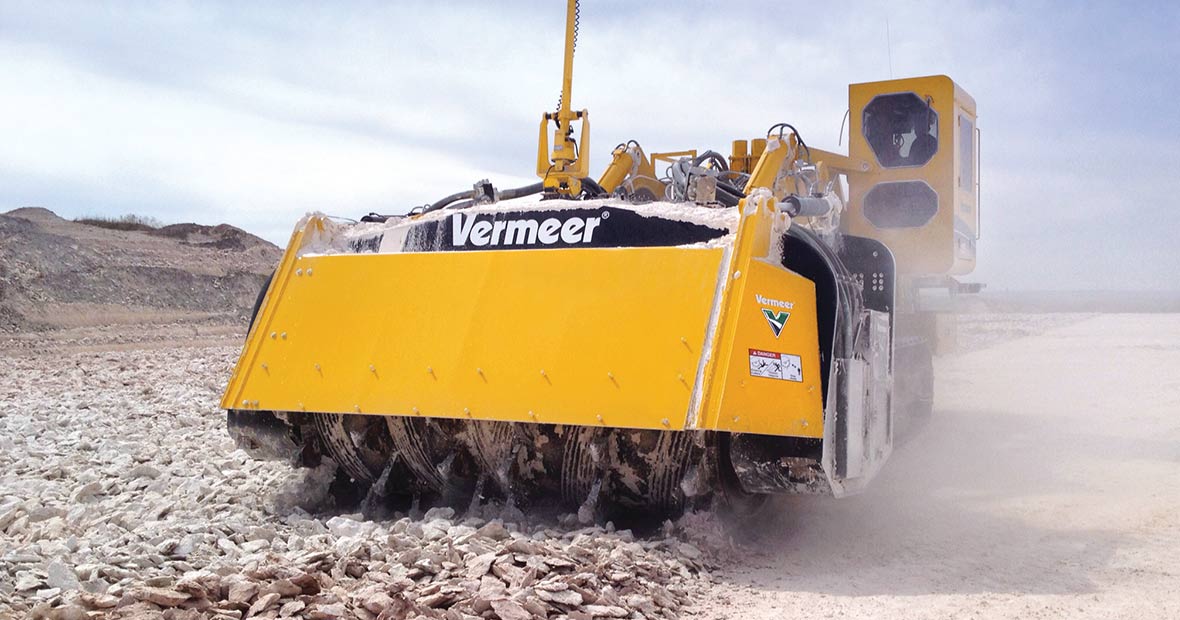
Surface mining is changing. Increasing environmental and regulatory pressures pose new challenges to operators who are already facing the consequences of rising costs. The result: Demand is growing for alternative excavation equipment and techniques that can sustain profitability and competitiveness in a new era of scrutiny for the industry.
Traditional drilling and blasting methods have already been on their way out in the last two decades as precision surface mining tools and equipment help operators better account for growing environmental and community concerns. Demand is growing for precision mining tools that help operators reduce noise, dust and vibration while maintaining consistent material output. In some cases, that new demand comes in areas where traditional drilling and blasting are limited or prohibited altogether.
Reasons for precision mining demand
Though drilling and blasting have historically comprised the main excavation method at surface mines, drawbacks like noise, dust, vibration and inconsistent material output have increased costs for mine operators.
Precision mining minimises these challenges and reduces costs by eliminating the use of explosives. It also allows for more precise, cost-effective ore extraction and mining along thinner seams and non-homogenous ore bodies. Precision mining also helps mines abide by increasing local, state and national regulations for surface mining being enacted around the world. Many of these regulations are meant to address community concerns about the effects of using explosives near residential areas.
Regulations pertaining to the use of explosives near roadways, pipelines and other nearby utilities is also quite common near surface mines. For surface mines near communities or utility infrastructure, adhering to increasingly challenging and restrictive regulations and community pressure can be a costly and long process.
A precise, cost-effective solution
Vermeer knows its customers in the surface mining industry face these growing challenges. The company that has more than 50 years of experience producing cost-effective equipment solutions for cutting rock has expanded its portfolio into surface mining over the last 15 years. Today, the culmination of that experience—the Vermeer Terrain Leveler®️ surface excavation machine (SEM)—provides an alternative to blasting and drilling.
The Terrain Leveler SEM uses top-down cutting methods that allow the operator to reach valuable mineral seams and get the most possible material out of the ground. This precision mining process extracts material layer by layer, yielding a more consistently sized product that often doesn’t require primary crushing.
When adding up the time and expense involved with traditional mining methods—drilling, blasting, loading, hauling and crushing—the Vermeer Terrain Leveler SEM often has lower overall operating costs for several types of surface mining operations.
Safety and efficiency through precision
The use of machines like the Vermeer Terrain Leveler SEM for precision mining operations has grown around the world in recent years. In the US, the machine is helping surface mining operations become both safer and more efficient.
“Mining engineers are most concerned about getting rock out of the ground efficiently, safely and in accordance with current laws. Cost-per-ton is the main measure they use to determine the viability of a mining method. While using a surface mining excavation machine is not as cost-effective as drilling and blasting for several operations, it is being used to get to material where blasting is not an option,” said Hunter Hughes, Mining Sales Managerwith Vermeer Texas-Louisiana in the US, an independent, authorised Vermeer dealership, and an industry veteran of more than 20 years. “Decades of drilling and blasting have caused quarry floors to become undulating and rough. The Terrain Leveler SEM can clean up transportation routes, helping to reduce wear and tear on equipment, as well as increase the life of the tires on haul trucks.”
Surface mining is a major part of the economy in parts of Latin America, but it’s also becoming an industry of restrictive regulations. The environment created by those regulations is creating new demand for precision mining machines like the Vermeer Terrain Leveler SEM as an efficient and productive way to extract materials while reducing the impact on the environment.
“When faced with regulations which do not permit blasting, miners have to come up with an alternative surface mining method which had included inefficient methods like using dozers with rippers,” said César Leite, General Manager with Vermeer Latin America. “Surface mining operations that have taken the time to learn about the Vermeer Terrain Leveler SEM have seen the value in using this precision mining method. In general, it’s more productive than other methods and produces material that usually don’t require extra processing, which has helped reduce their crushing costs.”
Time and service savings with precision
New regulations in Europe, the Middle East and Africa have some surface mine operators stymied as they continue to maintain daily operations at profitable levels. In some areas, regulations could begin cutting potential hours of operation and restricting drilling and blasting.
“Change is coming in Europe, and everyone knows it. We’ve met with engineers throughout the region, so we have a good understanding of their concerns. No one wants to show up one day and have someone tell them they are no longer allowed to extract material from their surface mine. Precision mining methods give them a good alternative if they ever find themselves in that situation,” said Stephan Oppelaar, Associate Sales Manager with Vermeer EMEA (Europe, Middle East and Asia). “In Africa, there is a real interest in precision mining machinery, especially at bauxite mining facilities. A concern that many of these operations share is access to service and parts. In some of their past experiences, they have not been able to quickly receive parts or service for their machines because a manufacturer doesn’t have the local support they need. As they’ve learned about Vermeer equipment and its global network of dealers, we’ve been able to address those particular concerns.”
Yafei Gao has been working with mining operations in the Asia Pacific region for the last five years. In his role as mining applications specialist at Vermeer Asia Pacific, Gao helps surface mining operations solve some of the growing pressures they face regarding environmentally responsible mining methods. “The surface mining industry and the economy in the area are beginning to recover,” Gao said. “As it does, we see more restrictions on blasting, which is why there is a growing interest in precision mining methods including surface excavation machines, non-blast hammers and liquid carbon dioxide. Of those methods, using the Vermeer Terrain Leveler SEM is proving to be the very efficient solution.” While blasting is still very common in the Asia Pacific region, many surface mining locations prevent it in certain areas, and that’s typically what leads miners to look around at other options. “When someone’s been doing it one way their whole life, there are bound to be some questions. That’s where we can help,” Gao said. Vermeer has dealers throughout the region who are there to answer questions and provide service when they need it.
Looking ahead
Around the globe today, surface mining operations face mounting pressures to adopt alternative methods to eliminate drilling and blasting. That trend is likely to continue, creating new demand for precision mining tools and methods to work in conjunction with traditional methods or replace them altogether.
To learn more about Vermeer surface mining capabilities and the Terrain Leveler SEM, visit vermeer-india.com or contact us on Toll Free: 1800 120 5931
Cookie Consent
We use cookies to personalize your experience. By continuing to visit this website you agree to our Terms & Conditions, Privacy Policy and Cookie Policy.



